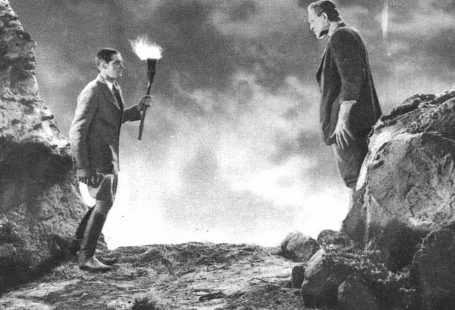On the 6 February 1952 the world was stunned by the news of the death of King George VI. His 25 year-old daughter, the Princess Elizabeth, succeeded him. In this special blog post we take a look at how the news was broken on that day 70 years ago, and how it impacted the country and indeed the rest of the world.
Coventry Evening Telegraph | 6 February 1952
The Hartlepool Northern Daily Mail reported the King’s passing in the following terms:
King George the Sixth is dead. The whole Nation and Empire was stunned by the news which came from Sandringham at 10.45 am to-day. It announced that the King, who retired to rest last night in his usual health, passed peacefully away in his sleep early this morning. He was in his 57th year, and the 16th year of his reign.
The BBC broadcast the news from Sandringham at 11.16am ‘with great sorrow.’ Princess Elizabeth had begun her Commonwealth tour with husband the Duke of Edinburgh, and was in Kenya at the time. According to the Aberdeen Evening Express: ‘The radio-telephone call from England was routed to the Princess through a little country post office set in the Kenya countryside. It took nearly thirty minutes for the call to be properly connected and established from London so that the Princess could receive it. The new Queen immediately decided to fly back to London.’
Queen Elizabeth II returns to London City Airport | The Sphere | 16 February 1952
In a sad irony, the Queen flew back into London City Airport, where she had last seen her father. Indeed, it was the last time that she and the general public had seen the King. He had come to the airport to bid farewell to his daughter as she departed on her Commonwealth tour, and he looked ‘well and cheerful’ according to newspaper reports.
The mood of the entire nation was one of shock, and the nation, recently recovered from World War II and the Blitz, was not easily shocked. King George VI had been something of a figurehead during those wartime years, and the news of his death was greeted by disbelief. Indeed, the Portsmouth Evening News reports how ‘Telephone exchanges were congested by callers seeking confirmation of the news, and many switchboards were closed down temporarily.’
Portsmouth Evening News | 6 February 1952
The shock of the nation upon the King’s death is reflected in how it impacted daily life. The BBC closed down broadcasting apart from news bulletins, the shipping forecast and gale warnings, theatres were closed, courts at the Old Bailey were adjourned, campaigning for the Bournemouth by-election was suspended and trading on the Stock Markets stopped. Dances were called off, ice rinks closed down, the Test match between India and England at Madras was rescheduled, and the upcoming Rugby Union match between England and Ireland at Twickenham was postponed.
Many shops took down ‘all traces of colour from their window displays,’ whilst hotels across the country decided that music, cabarets and dancing would all be cancelled.
Hartlepool Northern Daily Mail | 6 February 1952
The news was had a global impact, as the Portsmouth Evening News reported. Danish radio interrupted its programmes to announce the death, and ‘soon after hundreds of flags were lowered to half-mast all over Copenhagen.’ The French Premier, Monsieur Faure, called the King’s death ‘a terrible blow… to all Frenchmen.’ Italy received the news with ‘shock and consternation,’ whilst India looked into declaring a day of mourning for the King.
Eleanor Roosevelt, who was in Paris at the time, interrupted a press conference to express her grief, and her belief that ‘Princess Elizabeth was admirably fitted for the role she was called upon to play.’ It is this curious duality that defines 6 February 1952 – that although the King was dead, and he must be mourned, there was a new Queen and she must be celebrated.
Queen Elizabeth II returns to Clarence House | Western Mail | 8 February 1952
This is perhaps best encapsulated from a story told in the Birmingham Daily Gazette the next day, from a barrack-room in Korea:
A British corporal – John Hodgkins, of Birmingham – was half-listening to the news in Seoul, the South Korean capital when suddenly he shouted: It’s the King! The King is dead!” This brought his comrades to their feet and they crowded round the radio. Set aside from the usual pinups and other pictures on a wall in the room was a colour formal portrait of Queen Elizabeth. Beneath the picture, the soldiers clicked their tea cups. The toast: “The Queen.”
 Birmingham Daily Gazette | 7 February 1952
Birmingham Daily Gazette | 7 February 1952
This sense of continuity and historical parallels was seized upon by the press, the Belfast Telegraph reporting how ‘At 25, the new Queen is the same age as the first Queen Elizabeth when she ascended the Throne in 1558.’ The nation was set to look forward to a new Elizabethan age, ‘115 years since a Queen of England was proclaimed and 51 years since we last had a Queen on the throne,’ and the second Elizabethan age is still enjoyed today, with her Majesty the Queen becoming the longest reigning British monarch on the 9 September 2015.










